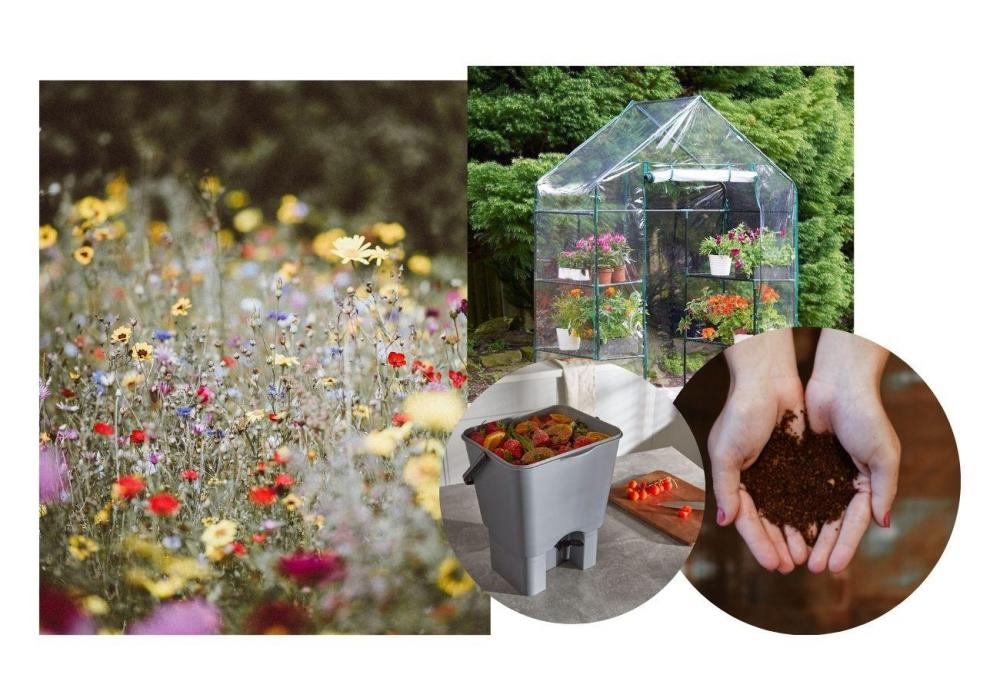How to grow a vegetable patch


Vegetable patches and gardens are a great way to start growing your own produce and trying your hand at something new! You can grow your own healthy vegetables and feel proud of seeing your produce go from patch to plate – as well as teaching the little ones about where their food comes from. So if you’re looking for some serious vegetable patch ideas, you’ve come to the right place!
There are lots of different ways you can set up your patch and prepare it for the different vegetables you would like to grow, so we’ve come up with a guide to some of the best ways to create your own from scratch, as well as tips and tricks on how to ensure your veg grows to its full potential.
How to prepare a vegetable patch
Let’s start with some easy-to-follow steps to begin preparing your garden for a vegetable patch:
- Choose the area you would like your vegetable patch to be – make sure to pick a spot with plenty of sunshine, so avoid putting your plot under a tree or in a place where this is constant shade. It’s also ideal to pick a spot that is fairly sheltered from the wind, as your veg won’t like being blown about, especially in its tender starter phase.
- Design how you would like to set up your veg plot – fun patterns work well for flower beds but veg tends to like straightforward designs so it can be easily rotated by the season – this stops specific rot or disease from spreading. It’s therefore really important you consider your vegetable patch design – it’s also a good idea to have your plot nearby to an outdoor tap for your hose reel!
- Prepare your plot by getting rid of weeds and as many stones as possible. Digging down at least a foot will ensure that you have gotten rid of any deep-rooted weeds and that the base of your soil is good for use. If you are cracking out the power tools to build your own raised vegetable patch, make sure you are building it tall enough so that the roots will have room to grow.
- Prepare your soil by ensuring it is a good mix of organic matter and compost – it should bind together easily when pressed in your hand, but then broken up again just as easily. These are the ideal circumstances for your little seeds to thrive, so this is an important step to get right!
- Begin with some easy vegetables to grow if this is your first time – strawberries, runner beans and tomatoes are great examples of easy vegetables to get you comfortable before you jump into being completely self-sufficient!
Vegetable patch design ideas


When it comes to the design of your vegetable patch, there are a few points to consider:
- You can get more area coverage by planting in triangles rather than in lines or squares
- Ensure that your fussier plants have enough space to grow - some vegetables need a little personal space to thrive.
- If you’ve got limited space available in your garden, then you can consider growing more vertical veg – tomatoes, cucumbers and most types of beans will happily grow in a small space as long as they have plenty of sunlight and not too much wind.
- Take a look at the vegetable families you want to plant – a lot of leafy greens like to be planted together as a big happy family, and you’ll notice they thrive when planted in the same bed.
- If your garden is particularly exposed to wind, consider investing in a greenhouse you can use to shield your crops during bad weather.
Vegetable patch fence ideas
Keeping a fence around your vegetable patch will ensure that pests such as rabbits don’t have access to nibble on your greens – by digging the fence deep into the ground and ensuring it’s extremely solid, you should be able to keep the pests at bay. Having a shed near your patch also ensures that you have quick access to all the garden maintenance tools you might need for quick fence repairs and removing weeds.
How to keep cats off your vegetable patch


If you’ve got your own cat or your neighbour’s cat likes to have a nosy around your garden, then keeping the cats away is crucial. You can use strong scents to deter them: citrus such as lemon, strong aromatics like lavender and even brewed coffee grounds are all said to be great cat deterrents.
Using the right amount of fertiliser


Fertiliser is a great helping hand – in the right situations. Too much fertiliser on crops that don’t need it can ruin your harvest, and oftentimes the soil can be negatively impacted by the compounds in different types of fertilisers, and you may have to start from scratch. Do your research on the crops you want to grow and how they will thrive best before you begin planning, and this will help eliminate any wasted effort.
Good luck to all the budding gardeners out there using these tips to create their own vegetable patch – if you follow all our tips and tricks carefully, by this time next year or even sooner, you could have a homegrown feast to tuck into! For more home and garden advice and insights, check out our blog or give us a follow on Instagram.



 Need help?
Need help?

